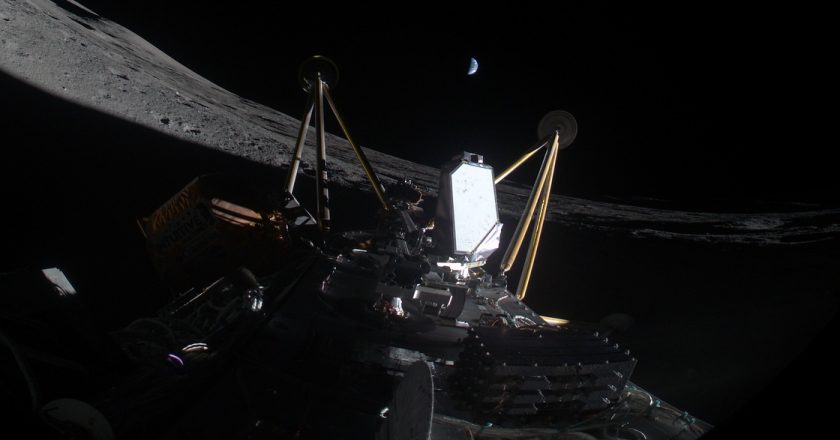March Night Sky 2025 – Astronotes
Welcome to our quick take on top celestial wonders to spot in the March night sky! Well we’ve certainly been spoiled for entertainment so far this year with the heavyweights of our Solar System -Earth’s planetary neighbours gathering together on the same side of the Sun to put on the first ever ‘Grand Parade’ of the planets – it would seem, primarily for our enjoyment! An amazing event that no doubt filled all able to witness it in the Northern hemisphere with awe and wonder. If you missed seeing all the big guns of the Solar System within the same skyscape last month – don’t worry as the brightest-looking planets: Mars, Venus, and Jupiter can still be spotted.
Image Credit: TheSpaceway/Pixabay.com
But what’s new for us to see this month? Well on the 23rd March we will be able to watch Sat...



